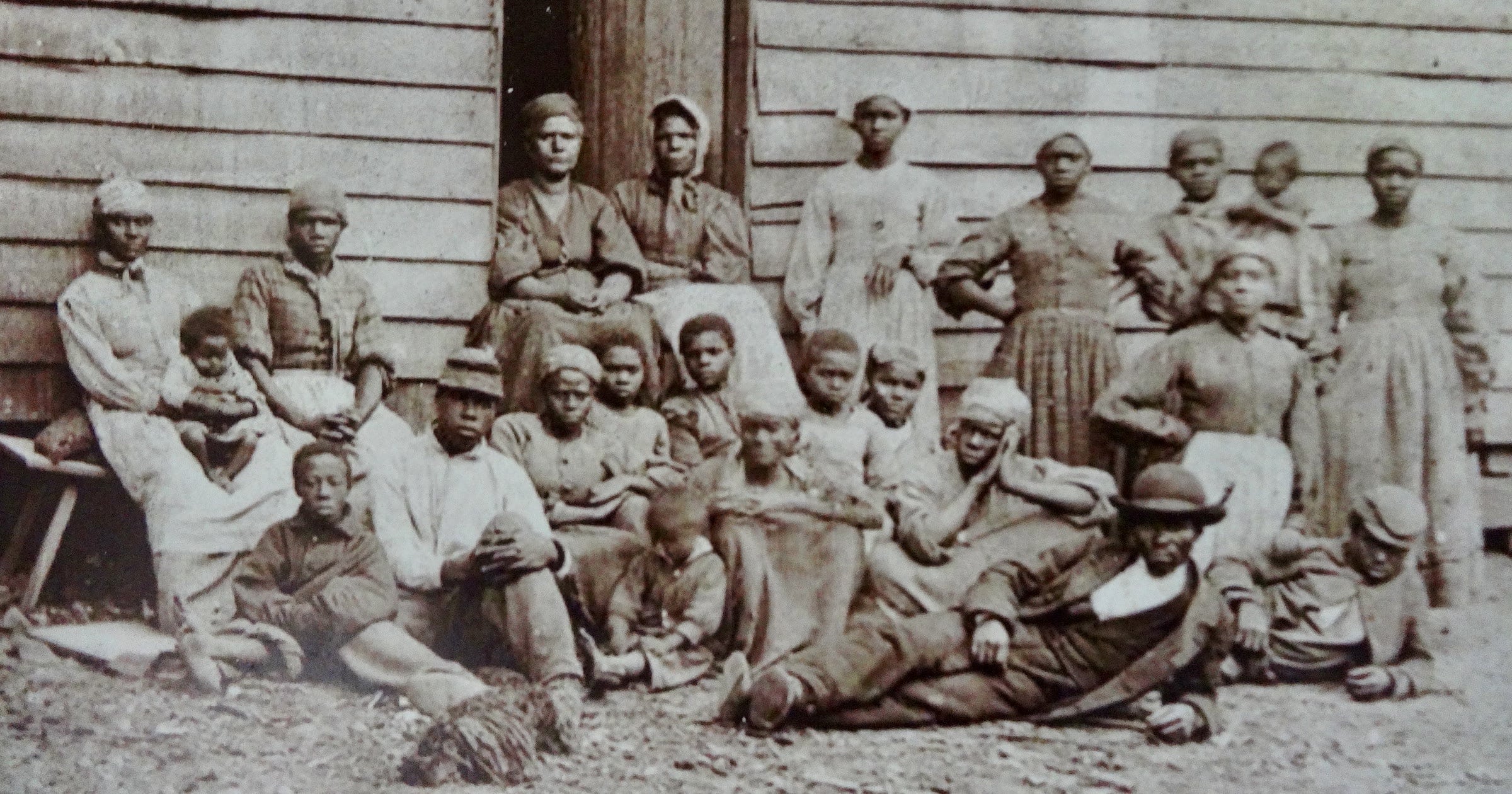 Culture & Ethics
Culture & Ethics
 Faith & Science
Faith & Science
Slavery and the Image of God

Editor’s note: Nancy Pearcey is one of several Discovery Institute Fellows featured in the Museum of the Bible’s yearlong exhibit on “Scripture and Science: Our Universe, Ourselves, Our Place” in Washington, DC. Pearcey was asked to address the topic of the image of God and how it answers the questions, “What makes me human?” and “What we can accomplish?” You can watch an edited version of her comments on the Museum of the Bible’s Vimeo channel. Since the exhibit could feature only short segments of Pearcey’s recorded comments, Evolution News invited her to offer her full comments in a series here for our readers. This is Part 3 in the series. Look here for Part 1 and Part 2. Pearcey is a professor and scholar in residence at Houston Christian University. Her comments are adapted from her books The Soul of Science, Love Thy Body, and The Toxic War on Masculinity.
Talking about human rights leads naturally to the question of slavery. Many people fail to realize that virtually every society has had slaves — from the Chinese to the Arabs to the Native Americans.
In fact, there is only one worldview that gave rise to moral opposition to slavery — namely, Christianity. The first person to offer a moral and logical argument against slavery was a church father writing in the 4th century: Gregory of Nyssa argued explicitly on the ground that all persons are in the likeness of God — and therefore, he said, no one has a right to buy or sell another person.
To Limit or Outlaw
In the Middle Ages, Christians made various efforts to limit or outlaw slavery. As early as the 7th century, Saint Bathilde (wife of King Clovis II) became famous for her campaign to stop the slave trade. St. Anskar tried to halt the Viking slave trade. Finally, in the 13th century, the great theologian Thomas Aquinas pronounced that slavery is a sin. But by then, it was not even a matter of controversy. It was the settled consensus among Christians that human bondage was wrong.
This history makes it even more surprising that slavery later made a comeback in the United States. American slaveholders were going against centuries of settled conviction that slavery was wrong.
Who Rose Up?
And even then, who rose up to oppose the slaveholders? Who led the movement to abolish slavery? Mostly Christians. Many abolitionists were inspired by the Second Great Awakening, a series of religious revivals in the 19th century, which emphasized that all humans are created equal in the eyes of God.
For example, the famous revivalist Charles Finney, a Presbyterian minister, condemned slavery from the pulpit, calling it a “great national sin.” He refused to give communion to slaveholders. Finney was the president of Oberlin College, an important stop on the Underground Railroad, a network of secret safe houses for escaped slaves who were fleeing north.
Finally, there was the Civil War. America is the only country on Earth to sacrifice hundreds of thousands of its own citizens in a war to end slavery.
Sociologist Rodney Stark, in For the Glory of God, points out that it was not Enlightenment philosophers who crafted a moral indictment of slavery. It was mostly evangelical Christians, and they were motivated by their firm conviction that all people are made in the image of God.
Tomorrow, “Women and the Image of God.”
